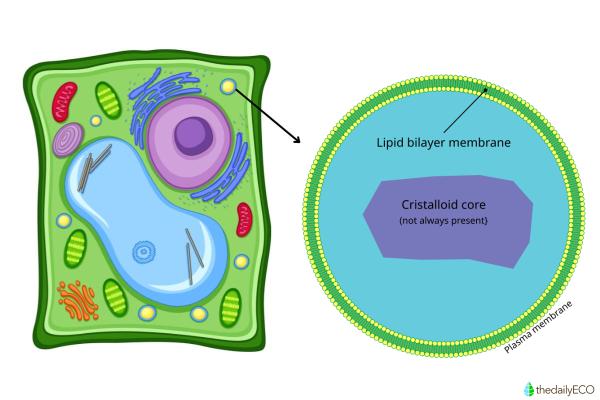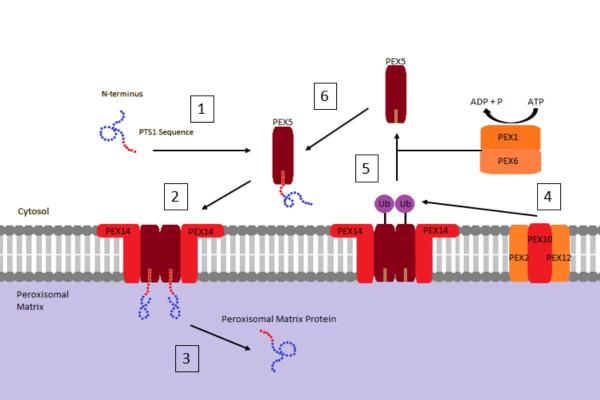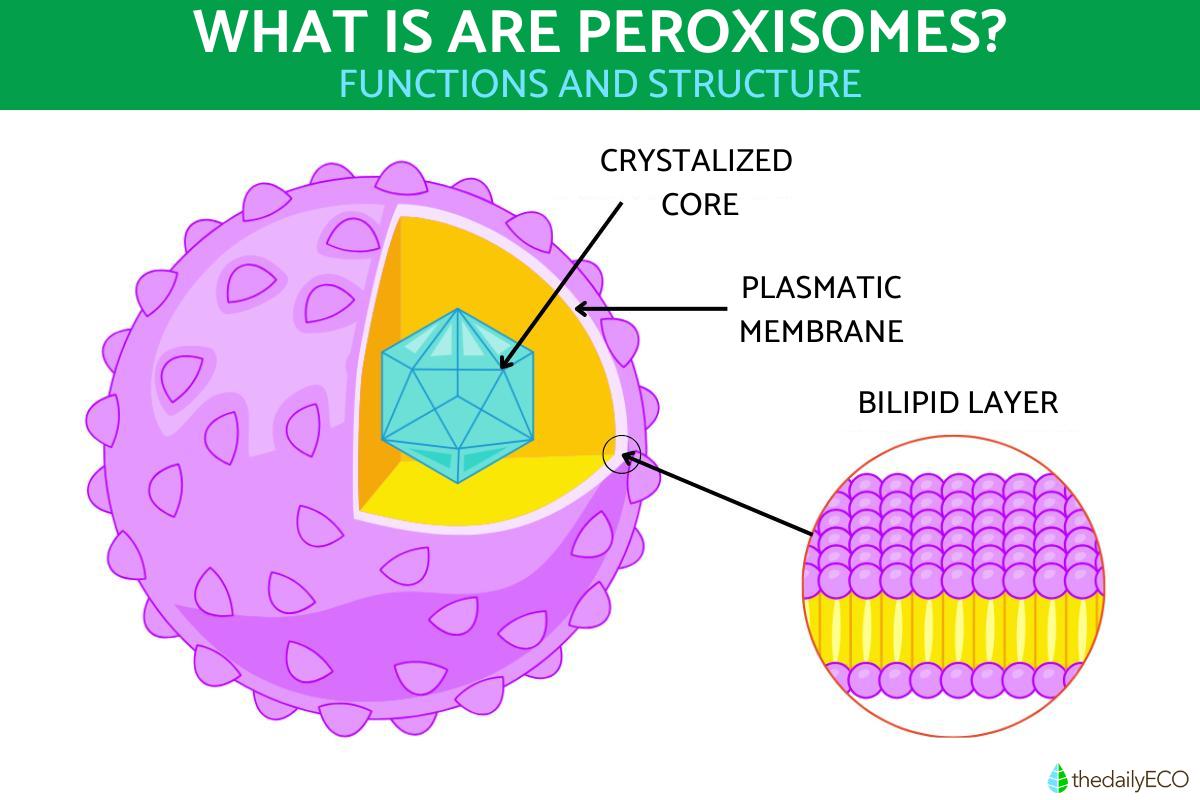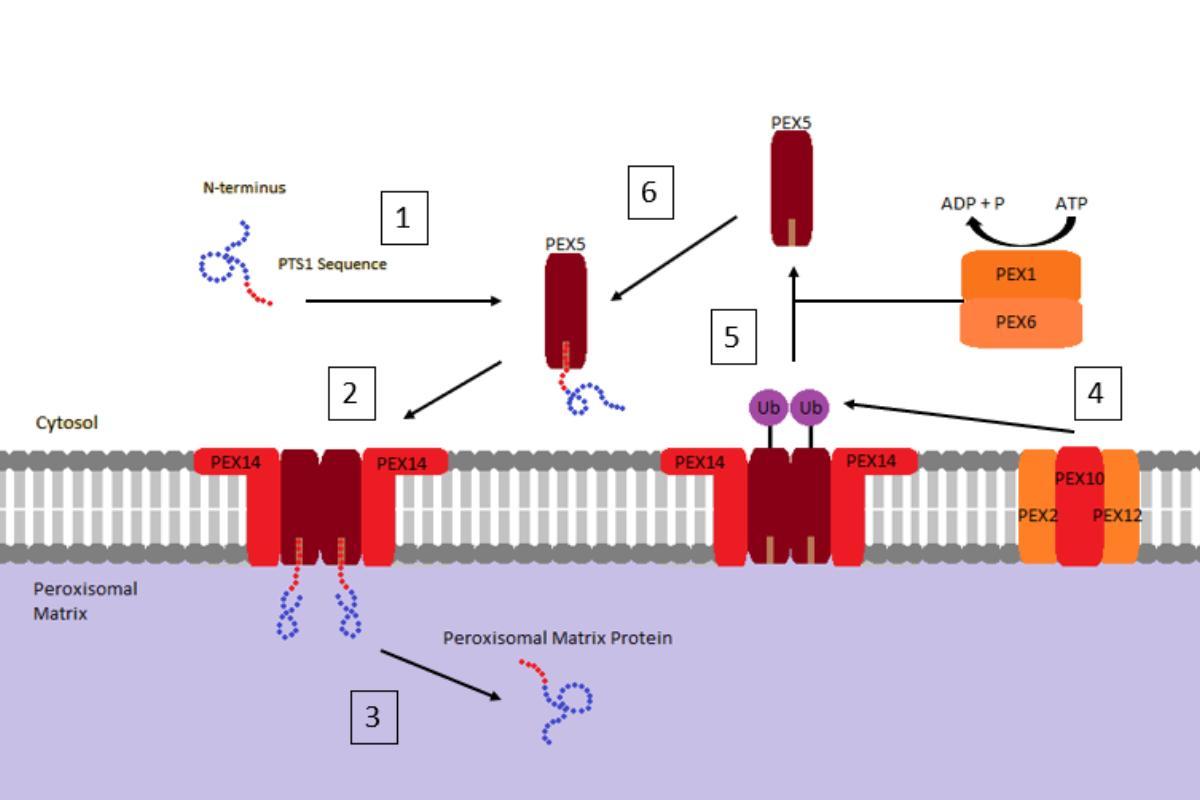What Are Peroxisomes in Cells?


Peroxisomes are irregularly shaped cell organelles that are involved in metabolic processes and other functions within the cell. Their name originally derives from their ability to produce hydrogen peroxide as a result of lipid metabolism. Found in eukaryotes, their structure contains a lipid bilayer membrane. They also have a matrix which houses various enzymes such as peroxidase and catalase. Peroxisomes are found in the cells of animals, plants and other eukaryotic animals, but not in prokaryotes. To learn more, thedailyECO asks what are peroxisomes in cells?
What are peroxisomes?
Peroxisomes are membrane-bound organelles found in eukaryotic cells. They characterized by their irregular shape and a diameter ranging from 0.1 to 1 µm in size. They are found in almost all eukaryotic cells and perform crucial metabolic functions. These organelles are delimited by a membrane that houses oxidative enzymes, mainly peroxidase and catalase:
- Peroxidase: catalyzes the oxidation of various substrates using oxygen, generating hydrogen peroxide (H₂O₂), a potentially toxic substance.
- Catalase: subsequently breaks down H₂O₂, contributing to cellular detoxification.
Peroxisomes are highly plastic. The result is that these organelles can increase in number and size in response to physiological stimuli, adapting to the metabolic needs of the cell in the process. Hundreds of peroxisomes are commonly found in mammalian tissues, which display significant heterogeneity in enzyme content, size and shape.
The proteins associated with peroxisomes are known as peroxins. These are critical for the recruitment of enzymes into peroxisomes via their membranes. These proteins include Pex5, Pex19, Pex3 and Pex16. These proteins facilitate the maturation and growth of peroxisomes, ensuring their functionality in metabolic and detoxification processes.
Learn more about what are the functions of different cell organelles in our related guide.

What is the function of peroxisomes?
As we have stated, peroxisomes are essential for certain metabolic processes in cells. Metabolism in cells is necessary for the organism to function and survive, whether converting food into energy or removing waste. The specific functions with which peroxisomes are involved include the following:
- Containing enzymes: among the most representative enzymes housed by peroxisomes are catalase and urate oxidase. These enzymes participate in oxidation processes where hydrogen peroxide (H₂O₂) is generated, a highly reactive and toxic molecule. Catalase plays a crucial role in inactivating H₂O₂, transforming it into water through the reaction H₂O₂ + R-H₂ → R + 2H₂O.
- Main metabolic processes: lipid metabolism and cellular protection against peroxides. In mammals, these organelles are responsible for the degradation of long-chain and branched lipids, as well as D-amino acids and polyamines.
- Plant metabolism: peroxisomes are essential for photorespiration, a process that oxidizes waste products of CO₂ fixation. As seeds germinate, they are transformed into specialized peroxisomes known as glyoxysomes that store reserves and convert fatty acids into sugars through the glyoxylate cycle.
- Biosynthesis: they participate in the biosynthesis of plasmalogens and cholesterol precursors. They facilitate the assimilation of alcohol in some organisms, such as yeasts.
- Cell communication: peroxisomes also interact with other organelles, such as mitochondria and the smooth endoplasmic reticulum. They do so through vesicles and membrane-membrane contacts, ensuring communication and the flow of essential metabolites.
Learn more about different metabolic processes with our article on the difference between anabolism and catabolism.

Structure of peroxisomes
Peroxisome cell organelles are surrounded by a unique membrane which consists of a lipid bilayer. This membrane delimits the internal environment of the peroxisome from the cytosol, the intracellular liquid that helps support the cytoplasm. The bilipid membrane facilitates the capture and conversion of reactive molecules into less harmful compounds. In peroxisomes, this is important when managing hydrogen peroxide (H₂O₂).
The interior of the peroxisome is called the matrix. It harbors a variety of enzymes that catalyze oxidation reactions crucial for cellular metabolism. These enzymes are synthesized in the cytoplasm and imported into peroxisomes by specific targeting signals, such as peroxisome targeting signal 1 (PTS1) and PTS2. The import of proteins and lipids across the peroxisomal membrane is essential for the growth and replication of these organelles. They then divide in a manner similar to mitochondria and chloroplasts.
It is also important to note how peroxisome biogenesis occurs. This is the generate of new peroxisomes and it occurs in two main ways. It happens either through the growth and division of pre-existing peroxisomes or by generation from the endoplasmic reticulum and mitochondria in the absence of previous peroxisomes:
- With existing peroxisomes: peroxisomes grow by the addition of lipids from the endoplasmic reticulum (ER). This is facilitated by direct physical contact between the peroxisome and the ER. It then divides by a process known as strangulation, a mechanism similar to that of how mitochondria divide and multiply.
- Without existing peroxisomes: new peroxisomes are generated from vesicles originating from the endoplasmic reticulum and mitochondria. Known as pre-peroxisomal vesicles, these vesicles fuse to form pre-peroxisomes, which then mature by incorporating proteins from the cytosol. The presence of peroxins (proteins specific for the formation of peroxisomes) is crucial in this process, since they seek to insert themselves into membranes that resemble those of peroxisomes.
Peroxisomes also have membrane proteins that play a crucial role in their structural integrity, facilitating the import of other proteins and regulating the entry and exit of molecules. Some of these proteins are synthesized on free ribosomes, while others can be produced in the endoplasmic reticulum before being transported to the peroxisome.
This structural and functional complexity of peroxisomes means that research into the mechanisms of peroxisome import and assembly continues to be an active area of study. This is especially in relation to human diseases such as Zellweger syndrome, which results from mutations in components of these pathways. These diseases are known as peroxisomal disorders.
If you want to know more, take a look at our article which reveals why the study of cells is so important.
If you want to read similar articles to What Are Peroxisomes in Cells?, we recommend you visit our Biology category.
- Cooper, G. M. (2000). The Cell: A Molecular Approach. 2nd edition. Sunderland (MA): Sinauer Associates. Peroxisomes.
https://www.ncbi.nlm.nih.gov/books/NBK9930/







